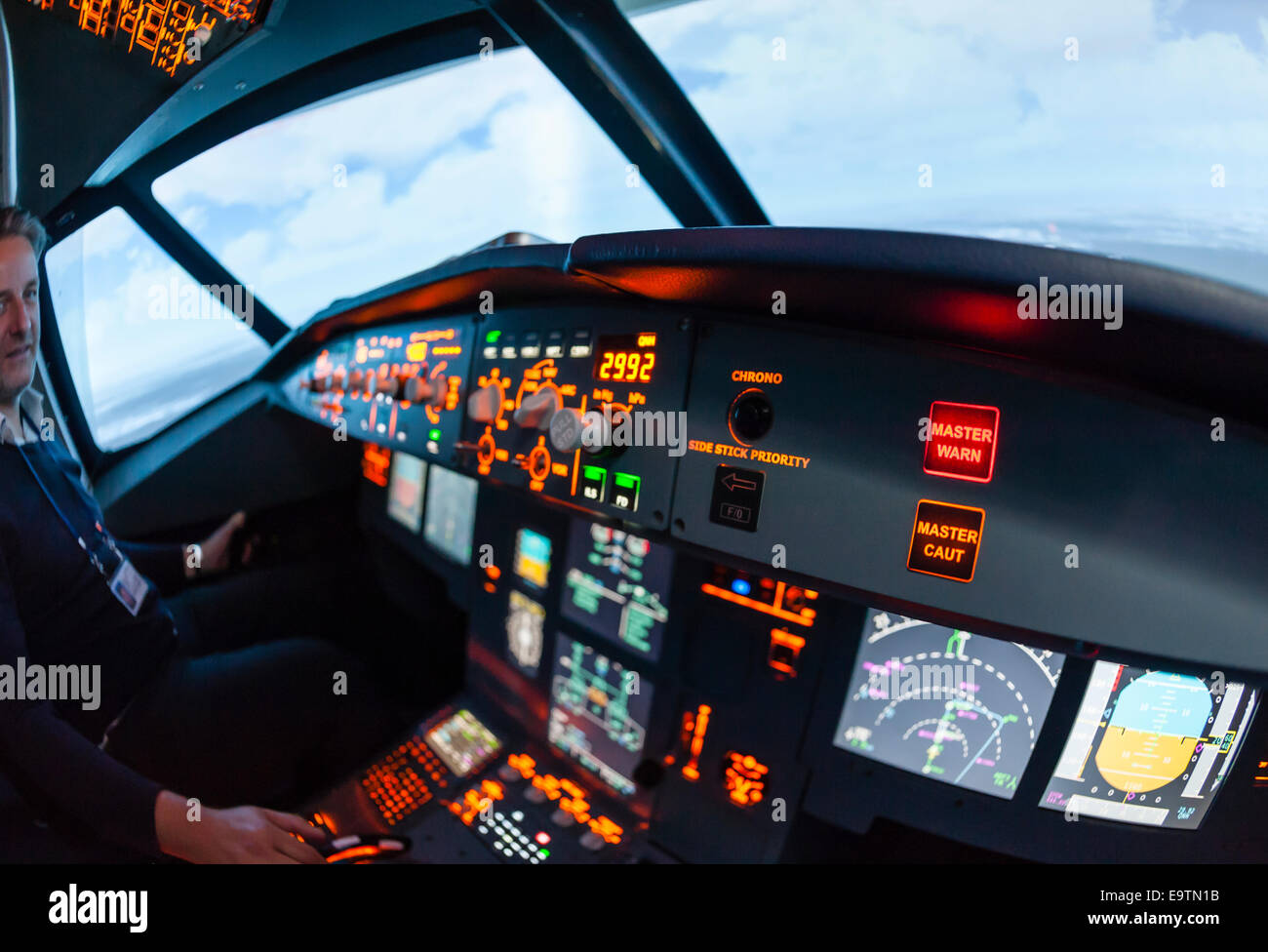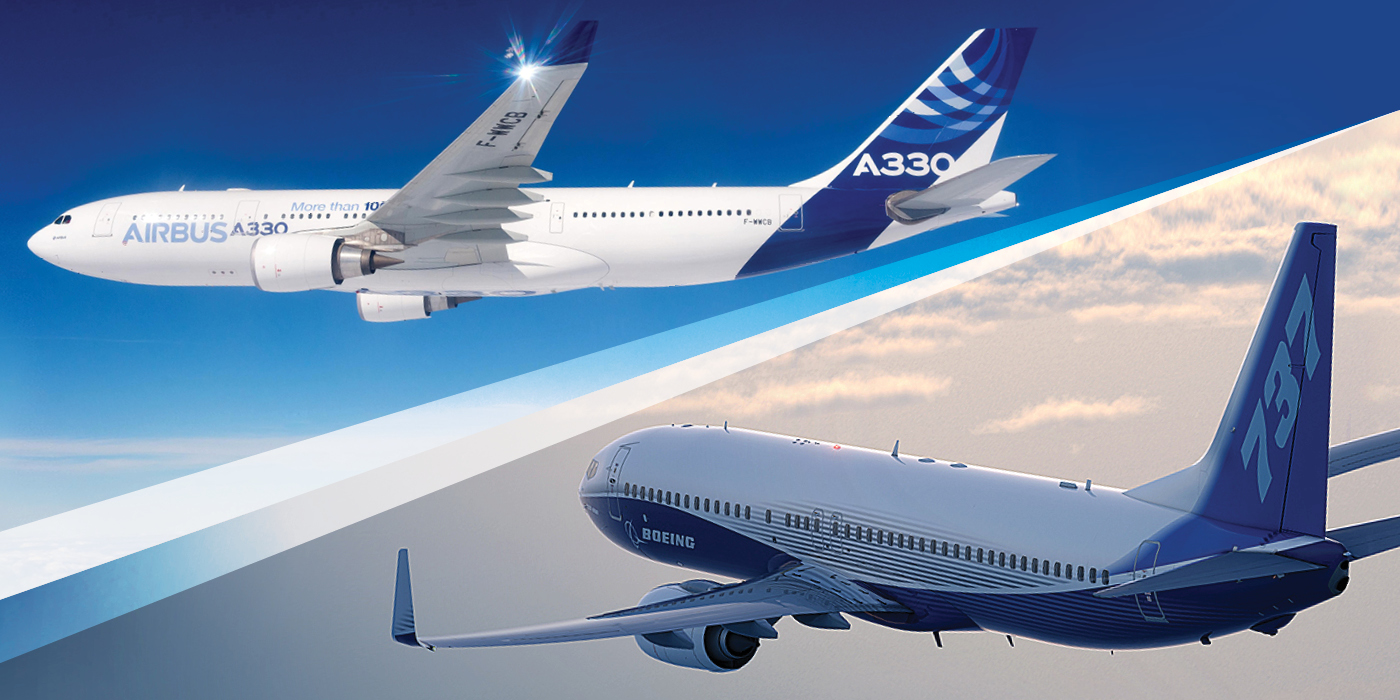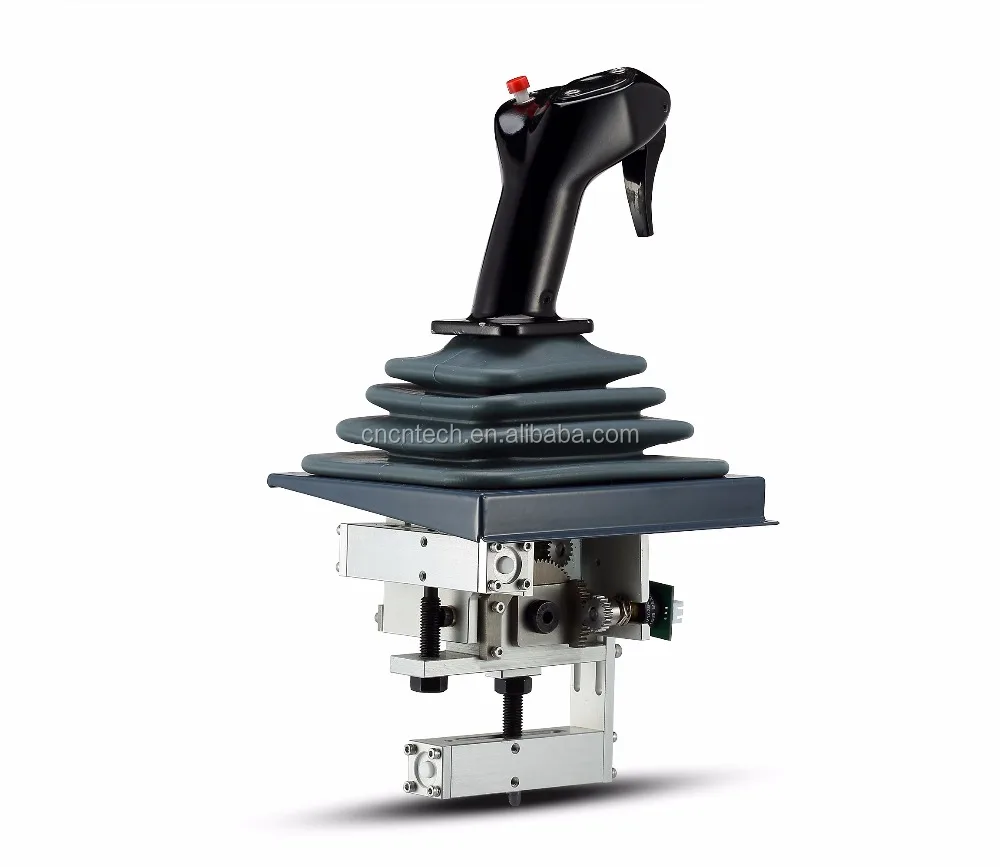Aircraft Sidestick - Airbus and Boring lead the civil aviation industry on the 21st. century as we know it. Both companies have different design languages when doing their art. If we have to talk about it, Boeings are designed with a sharper nose than the curved nose of the Airbuses.
The side windows of the Airbus cab run straight, while the side windows of the Boeing run into a V shape at the bottom, which is clearly visible when looking through the windows. These features are found in some aircraft and can be enhanced by materials.
Aircraft Sidestick

Today's topic is about a more specific feature that applies to all types of Airbus and Boeing aircraft in the production line. Have you ever wondered why Airbuses have side skirts while Boeings have yokes? Buckle up and let's find out!
Yokes Vs Side Sticks
From propellers to modern jets, the yoke sits next to one of the most durable control units in cabins. In this deep history, the yoke has also been used by Airbus. Predecessors of the A320 family, the aircraft is controlled by a central yoke in the cockpit. In these days the only unit of control in industry was the yoke.
In 1985, Airbus began using a "fly-by-wire" system on airplanes that replaced manual flight controls with computer-based controls. Using the fly-by-wire system, the side stick began life in its Airbus roots. Historically, side flaps were only common on fighter jets like the F-16 or Dassault Rafale.
As a result of using the fly-by-wire system, Airbus is redesigning the cockpit configuration and simplifying the controls. The newly designed cockpit and side deck were highly innovative for the industry. Alsı pilots have one hand free to access other controls using a side stick. This feature provides a more comfortable experience for pilots. However, with the introduction of side struts, Airbus took a step ahead of Boeing in a tough market.
After the A320, Airbus implemented side flaps on its future aircraft. In fact, Airbus is redesigning the cockpit with more space in its cockpits, computers and displays.
Planes With Side Stick
Before 1985, Boeing actually worked on introducing side flaps with the first 737 in 1967. However, the company did not implement this feature on its planes because of the pilots. The reason is that the dramatic change could adversely affect existing pilots.
After Airbus introduced the side neck, sales of the Boeing 737 and 747 did not decline. They even achieved sales success in the market with these aircraft. However, the lack of side struts does not mean that Boeing did not implement a flying wire system at the same time. The 777 was the first aircraft in history to use the fly-by-wire system.
On Boeing's part, there's no reason to get off the hook. Even on the company's newest plane, the 777-9, the yoke lives on the fuselage and has a futuristic, touchscreen flight deck.

The pro-Airbus side focused on making the litter more comfortable for pilots on their flights and keeping the pilot's design within safe limits. A side grip gives you more freedom to operate computer and mobile screens with one free hand.
Flight Test: Bombardier Global 7500 Offers World Travellers Creature Comforts
The pro-Boeing side insists that the yoke is an important tool for operating the aircraft in emergency situations, allowing it to get through emergencies. Ali insists that the yoke design preserves normal flying skills as well as coordination between the pilot and co-pilot. A side or side controller is an aircraft control stick usually located on the pilot's side console. In an aircraft with two seats on the right side or outside. This is commonly found in aircraft equipped with fly-by-wire control systems.
Throttle controls are usually located on the left side of a single-pilot or two-seat aircraft. It requires only one hand to operate; Two-handed operation is not possible or necessary.
Props are used in many modern fighter jets such as the F-16 Fighting Falcon, Mitsubishi F-2, Dassault Rafale, and F-22 Raptor, as well as civil aircraft such as the Sukhoi Superjet 100 and Airbus. A320 and all subsequent Airbus aircraft,
This arrangement is contrary to the traditional design where the cockpit has a so-called "ctre stick" between the pilot's feet.
Pilot Side Stick Installation.
In a conventional aircraft yoke-like ctre stick design, both the pilot and backup controls are mechanically interlocked, so each pilot has control inputs to the other. In typical Airbus sidecar implementations, the flaps are indepdt, so-called 'passive' side flaps. The flight computer adds multiple inputs, or a pilot can press the "forward button" to receive inputs from another direction.
However, if both side sticks are moved in different directions at the same time (regardless of which pilot has priority), both inputs will be canceled and a "dual input" audible warning will sound. Examples of this are Air France Flight 447 in 2009 (an Airbus A330 flying from Rio de Janeiro to Paris), Afriqiyah Airways Flight 771 or the Airbus A330 flying from Johannesburg to Tripoli in 2010.
If the EGPWS activates due to its lower priority than the EGPWS, the "dual approach" warning will not activate at a very low level.

It's on the new Gulfstream G500/G600 business jet. In this method, movements on one side of the stick produce the same actions on the other side, thus providing valuable feedback to the other pilot. This makes the previous criticisms on the 'passive' side. The 'active' side also provides tactile feedback
Pdf) On The Design Of Side Stick Controllers In Fly By Wire Aircraft
To the pilot during manual flight. Of course the three largest aircraft manufacturers, Honeywell, Rockwell Collins and Thales,
It is believed to become the standard for all new flying aircraft. In 2015 Ratier-Figeac became a subsidiary of UTC Aerospace Systems and had been 'passive' side suppliers to Airbus since the 1980s.
Such an 'active' feature can also be used to increase adherence to a safe flight envelope by applying a force response, where the pilot makes a control input that moves the aircraft into (or beyond) safe flight limits. . This reduces the risk of pilots escaping during dangerous flight conditions outside the operational limits, while maintaining ultimate pilot control and increasing their situational awareness. A ctre stick (or cter stick in the US) or simply a control stick is an aircraft cockpit controller. Where the control stick (or joystick) is between the cockpit or between the pilot's feet. Since the throttle controls are usually on the pilot's left side, the right hand is used for the stick, although left-handed or two-handed operation is possible if desired.
A rudder is part of an aircraft's flight control system and is usually connected to its elevators and elevators, or to the elevators, control sticks or control cables on the main aircraft. In heavy, fast, advanced aircraft, ctre can also control power support modules. Modern aircraft cockpits are often equipped with a number of electrical control switches within easy reach to reduce the pilot's workload.
File:airbus A380 (f Wwdd) At Domodedovo International Airport (248 40).jpg
Ctre is used not only in many military fighter jets such as the Eurofighter Typhoon and Mirage III, but also in light aircraft such as Piper Cubs and in the Diamond family of aircraft such as the DA20, DA40 and DA42.
This arrangement contrasts with the more advanced "wing flaps" used on military fighter jets such as the F-16, F-35 Lightning II and Rafale, as well as on civilian aircraft such as the Airbus A320.
The Ctre chip appeared at the beginning of the twentieth century. In 1900, Wilhelm Kress of Austria developed a control stick for an airplane, but did not apply for a patent. Instead, a patent was awarded to French aviator Robert Esnault-Peltieri, who applied in 1907.

Thrustmaster sidestick airbus edition, thrustmaster sidestick, sidestick, tca airbus sidestick, thrustmaster a320 sidestick, thrustmaster tca sidestick airbus, tca sidestick, thrustmaster tca sidestick edition, airbus sidestick, thrustmaster tca sidestick, thrustmaster airbus sidestick, tca sidestick airbus edition

0 Comments